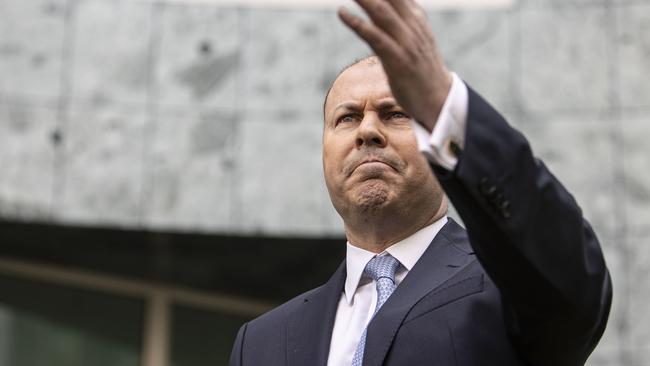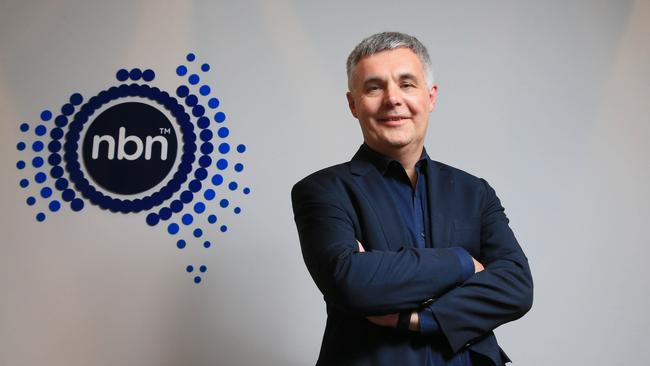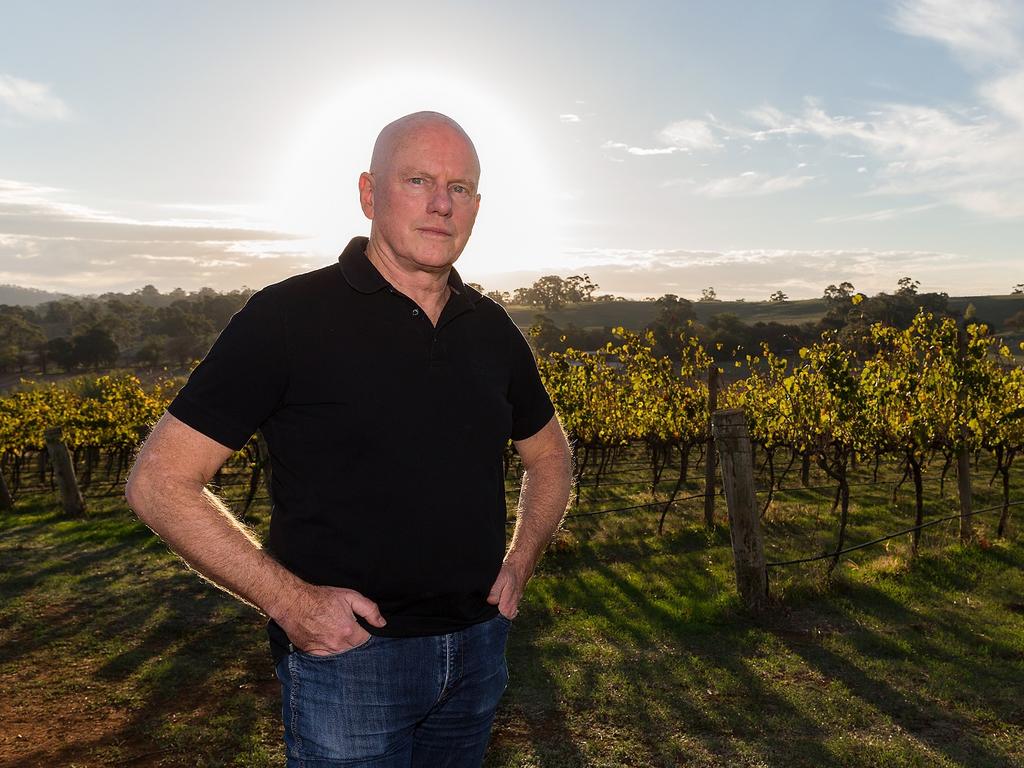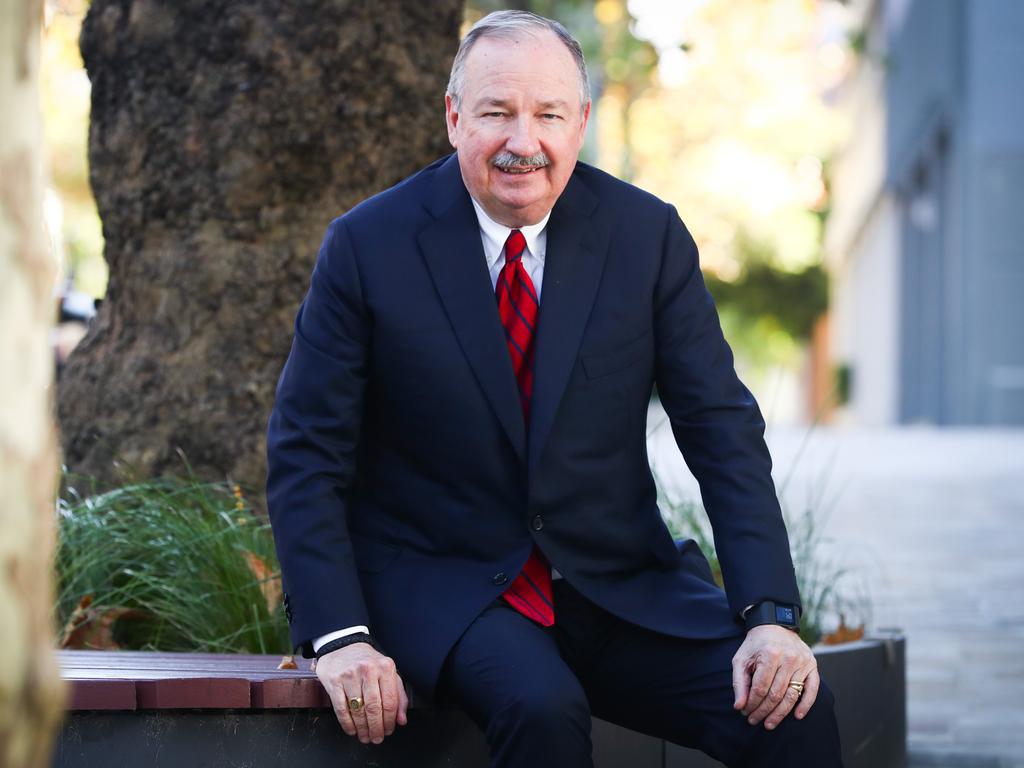
There are two standouts from Mike Callaghan’s Retirement Incomes Review handed in three months ago and the Productivity Commission review of the industry 21 months ago.
There is the controversial issue of maintaining increases in the mandatory rate from 9.5 per cent to 12 per cent over four years, which is as a legislated increase something most workers would welcome but is being presented as coming at the expense of wage increases.
Suffice to say that’s a stretch because it says if the guarantee doesn’t happen then wages will increase by the amount.
Politically that’s a battle the government may want at some stage, but while there is an albeit fragile alliance between the ACTU-BCA and government, now may not be the time to work on wages reform.
Less controversial is the PC plan endorsed by financial services royal commission chief Kenneth Hayne to have lifetime default funds so you take your first fund with you for life unless you choose another one, and in the process the government helps reduce the number of inefficient duplicate accounts.
A combination of this reform and those already implemented by Financial Services Minister Jane Hume would mean something like 70 per cent of the PC reforms would be in place.
Moves to sweep dormant accounts have taken three million accounts out of the system, and lifetime default funds would help overcome the fact that one in three accounts now are duplicate.
More tricky is taking default funds out of the wages award system, and the reality facing the government now is that the top 10 funds by size are all industry funds, which also happen to be among the best performers.

The Future Fund over five years has returned 6.6 per cent, which would have it ranked 22nd, compared to the median super fund at 6.4 per cent, and AustralianSuper at 8 per cent. Over this period, seven industry funds appeared in the top 10.
Fund chair Peter Costello may fancy taking the role of default superannuation manager, but one suspects the last thing his chief, Raph Arndt, would want to deal with is actual member accounts.
Next year ASIC will have more power over misbehaving funds and APRA has stepped up its oversight of the laggards, which are both needed.
Just maybe then the system may survive without too much more political interference.
Hi-tech cars test
Ipswich City Council starts a 14-month trial this week with 500 cars testing Cohda Wireless technology, allowing cars to communicate with each other and infrastructure such as traffic lights.
Adelaide-based Cohda was spun out of the University of South Australia 16 years ago with a technology that linked Wi-Fi networks for emergency service vehicles.
Its software provides extended perception horizons for vehicles to warn if other vehicles drive through a red light, and safety issues.
Cohda has similar trials in Manhattan, Detroit and Shanghai and its software is used in about 60 per cent of connected vehicle trials around the world.
Pay cut … a little
As corporate Australia gets used to the post-COVID reality, the facts as noted last week are that only 24 per cent of the top 50 have actually cut executive fixed pay as opposed to bonuses.
Short-term bonuses are sometimes treated as part of fixed pay, but by definition are at risk and accordingly should move with performance.
On some estimates the pay forgone in the top 50 was about $10m — or 10 per cent of the $111m Crown picked up from JobKeeper, of which $43.4m went to subsidise people at the casino still working.
The standout was Qantas boss Alan Joyce and his chairman Richard Goyder, who took zero pay from April through to July 31. Joyce is now struggling through on 65 per cent of his normal base pay, which works out at $1.3m.
Joyce picked up about $1.7m for the 2020 year, down from $9.9m in 2019.
The average pay cut for those companies where the bosses did forgo salary was about 25 per cent for the last quarter of the financial year.
That sounds meaningful until you work through the numbers of someone earning $1.5m a year in base pay, or $375,000 a quarter, which means the amount forgone is about $75,000, which is about what the average person earns.
The property sector led the way, with chiefs at Stockland, Mirvac, Vicinity, Scentre and Dexus all dropping pay. Others included Sydney Airport, Oil Search, Cochlear and Sonic.
New NBN offering
Telstra cautiously welcomed the NBN’s new push into the business market aimed at providing small businesses with fibre services at the same price as CBD services.
The rollout comes at a cheaper price for business grade fibre for regional players, but at something like three times the cost compared to consumers. The issue is how many small businesses need the upgrade.
At Wednesday’s National Press Club address, Communications Minister Paul Fletcher will claim credit for the government’s efforts at putting the NBN on a sound footing able to raise $6.1bn of its own debt and generate $3.8bn in revenues.
No mention of past attacks and the vision of his predecessors.
NBN chief Stephen Rue will outline his network upgrade to fibre to the curb, which is a step towards the original end game of fibre to the premises.

No one would object to someone else paying for a $700m technology upgrade, but at the same time Telstra already has about 65 per cent of the small business market so any move to put more business on a better service also opens the door to rival retail competition. Telstra has the edge in network services, but the NBN upgrades mean business can choose another retail service provider.
Telstra and the other retail service providers have long complained about the cost of NBN services and the upgrade may provide cheaper services to customers but doesn’t do much for the retailer’s margins
The real issue for service providers remains the NBN cost, which Telstra et al say is simply too high, meaning they can’t make any money from the service.
Tuesday’s business rollout was carefully worded as being a response to demand.
The NBN has cost $51bn, of which $29.5bn is equity, $19.5bn in government debt and the rest self-generated debt.
Eventually the plan is to sell off the network, but this won’t come before its value is written down, which comes at a risk to the budget because right now it is held off the balance sheet. This is because the NBN is budgeted to make a positive return, but a writedown would destroy that.
The post-COVID-world has brought us strange bedfellows when you consider the government’s energy plan doesn’t mention “coal” and implicitly acknowledges the reality that renewables are the new base load. Likewise the NBN was painted as Kevin Rudd and Stephen Conroy’s flight of fancy but now is considered a key communications provider.








The federal budget is being pitched primarily in terms of COVID-19 recovery, but superannuation is a potential item in the structural reform bucket to both highlight attempts to fast forward the economy and show off Josh Frydenberg’s reform credentials.